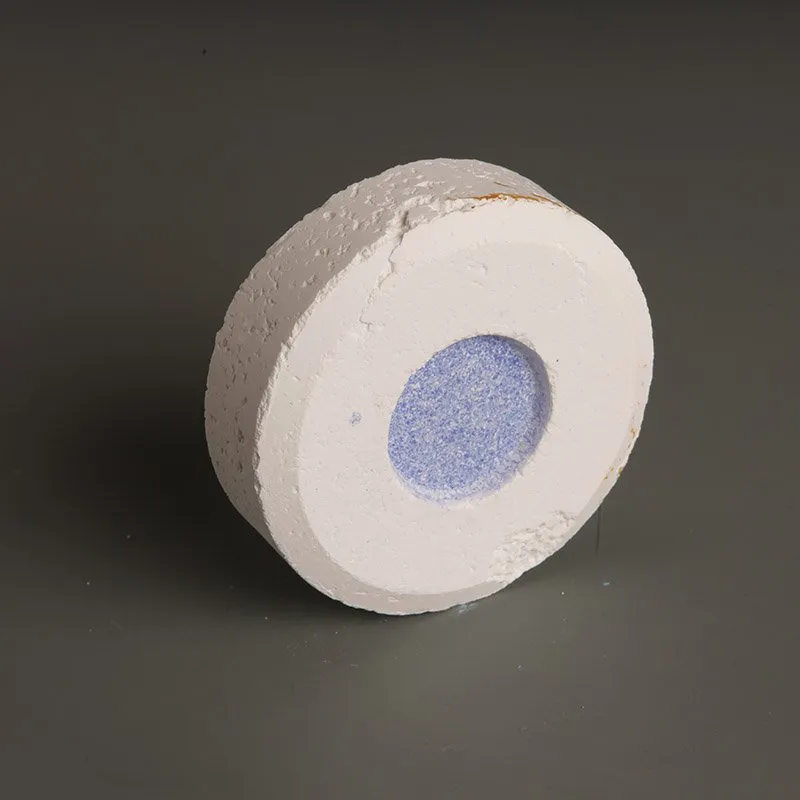



lead oxide red
Exploring Lead Oxide Red Composition, Applications, and Safety Considerations
Lead oxide red, commonly known as minium, is a vibrant red-orange inorganic pigment that has been used for centuries in a variety of applications, ranging from art and paint to construction materials and batteries. Its historical significance and unique properties make it an interesting subject of study.
Chemical Composition and Properties
Minium, or lead tetroxide (Pb3O4), is a compound containing lead in two oxidation states +2 and +4. This unique combination gives the pigment its characteristic color and stability. The compound is primarily created by the oxidation of lead oxide (PbO) at elevated temperatures. The bright hue of lead oxide red is due to the electronic transitions within the lead ion, which absorbs certain wavelengths of light.
In terms of its physical properties, lead oxide red is known for its excellent opacity, durability, and resistance to fading, making it an ideal choice for outdoor applications where color retention is crucial. Additionally, it possesses a relatively high density and is insoluble in water, further contributing to its utility as a pigment.
Historical Context and Uses
Lead oxide red has a rich history that dates back to ancient civilizations. The Egyptians, Romans, and Chinese utilized this pigment in various decorative arts, architecture, and pottery. During the Renaissance, lead oxide red gained popularity among artists for its vibrant color, widely used in paintings and frescoes. Notable artists, such as Titian and Rembrandt, incorporated this pigment into their masterpieces due to its brilliant hue and excellent covering power.
lead oxide red

In contemporary times, lead oxide red finds applications in several domains. Its use in oil paints, acrylics, and artist’s colors continues, as it offers artists a wide range of hues and tones. Furthermore, in the construction industry, lead oxide red is often employed in cement-based products, providing not only color but also improved performance characteristics.
One of the most significant modern applications of lead oxide red is in batteries, particularly lead-acid batteries. Lead oxide plays a crucial role in the battery's performance, contributing to the electrochemical reactions that facilitate energy storage and release. The stability and reliability of lead oxide red make it well-suited for this purpose, further cementing its relevance in today’s technology.
Safety and Environmental Concerns
Despite its beneficial properties, the use of lead oxide red is accompanied by serious health and environmental concerns. Lead is a toxic heavy metal that poses various health risks, particularly to children and pregnant women. Exposure can occur through inhalation, ingestion, or dermal contact, leading to a range of adverse effects, including neurological damage, developmental delays, and other health issues.
As a result, regulations surrounding the use of lead compounds have become increasingly stringent. In many countries, the use of lead-containing pigments in consumer products such as toys, children's furniture, and paints has been heavily restricted or banned. Manufacturers are now seeking alternatives that can replicate the desirable properties of lead oxide red without the associated health risks.
Conclusion
Lead oxide red, with its history stretching back thousands of years, continues to be a valuable pigment in various industries due to its striking color, durability, and functional properties. However, the dangers associated with lead exposure have prompted a reevaluation of its use in modern applications. As we advance, it is crucial to balance the benefits of this vibrant pigment with the paramount need for safety and environmental protection. Ongoing research into safer alternatives will likely shape the future landscape of pigments and materials, ensuring that creativity and innovation can thrive without compromising health and well-being.
-
Why Sodium Persulfate Is Everywhere NowNewsJul.07,2025
-
Why Polyacrylamide Is in High DemandNewsJul.07,2025
-
Understanding Paint Chemicals and Their ApplicationsNewsJul.07,2025
-
Smart Use Of Mining ChemicalsNewsJul.07,2025
-
Practical Uses of Potassium MonopersulfateNewsJul.07,2025
-
Agrochemicals In Real FarmingNewsJul.07,2025
-
Sodium Chlorite Hot UsesNewsJul.01,2025










